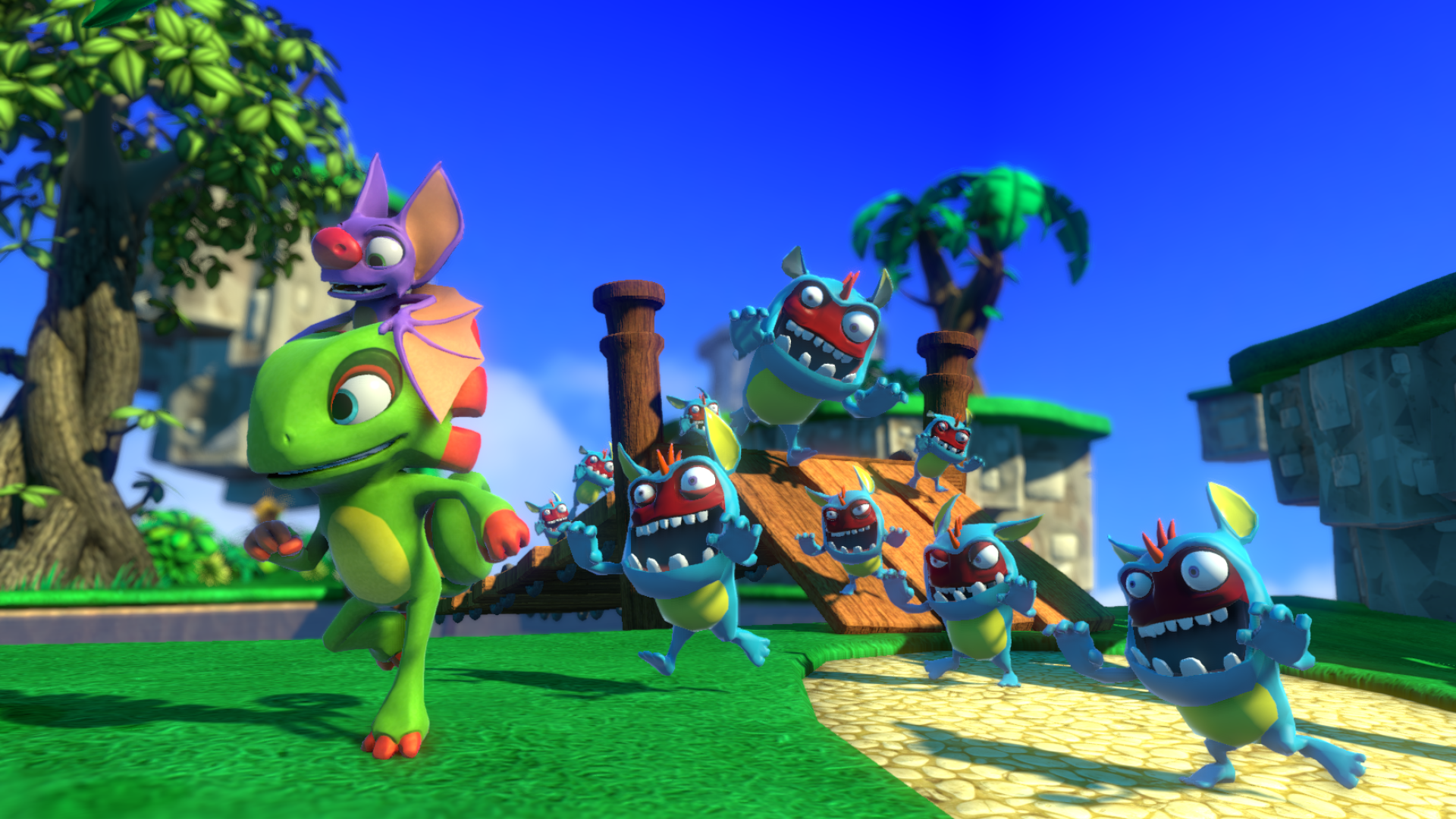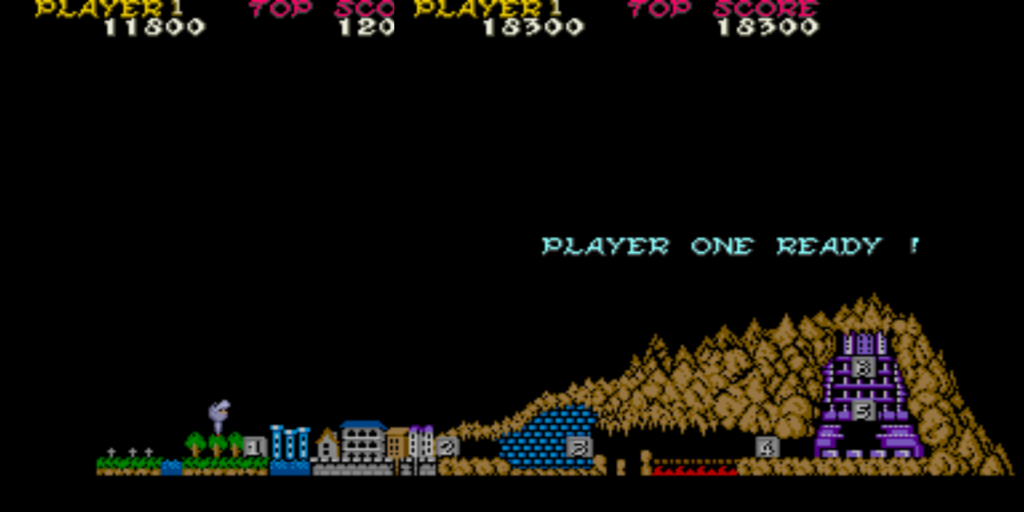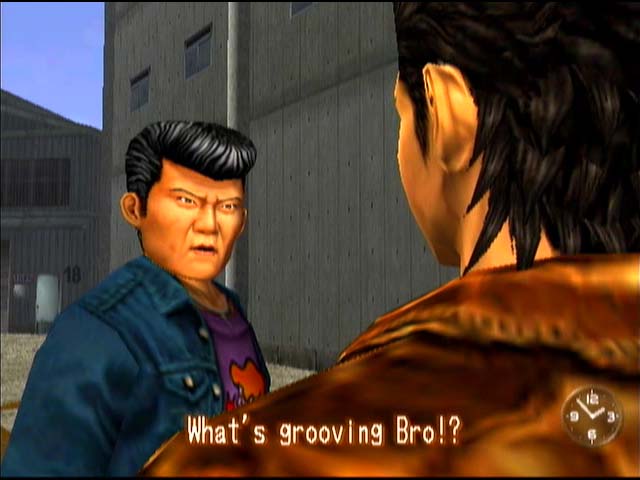I’ve been attending a few events over the past couple of months (thanks, in no small part, to the gracious support of fans and readers). While at shows like PAX East and GDC, I’ve had a chance to play quite a few in-development titles, big and small, that were banking heavily on nostalgia appeal. While it’s a good idea to reserve full judgement of a game until it’s in your hands as a full-fledged product — after all, a lot can happen over the course of development — there were quite a few not-particularly-great games I tried that were attempting — and failing — to capture the spirit of the retro games that inspired them.
Originally, I had a big feature written up called “This Is Why Your Retro-Inspired Game Sucks,” where I went into great detail about some of the more egregious flaws I saw across several games. I didn’t name any titles specifically, of course — that would be just rude. Ultimately, though, I scrapped it: the tone of the piece sounded combatitive and assholish, and while I’m certainly opinionated at times, I didn’t want to come off as a jerk when all I really wanted to do was point out why these games weren’t coming together as the people making them intended. It’s pretty hard being an indie dev already, y’know?
But with the crash and burn of Mighty No. 9 and the less vitriolic but noticeably tepid response to Yooka-Laylee, two of the most prolific crowdfunded “retro revival” games yet made, I feel like we should discuss why a lot of retro revivals seemingly fail to hit the mark once they’re in our hands. There are a lot of reasons, but ultimately, they can be summarized by saying:
What you think you want is a game made to the exact standards of the retro titles you cherish. But what you actually want — and don’t realize you want — is the feeling those games gave you when you encountered them for the first time.
The phrase “rose colored glasses” gets thrown around a lot, but I’m sure we’ve all had the experience where we go back to game we remember enjoying years prior, only to discover that it hasn’t aged so well. This can be for a lot of reasons: maybe the gameplay or visuals were revolutionary for the time but time has since passed them by. Maybe it had less to do with the game and more with circumstances surrounding it. (I remember connecting with a classmate over having played Bubsy, of all games.) Maybe it was a licensed game based on something you REALLY LIKED and you were just so into that thing that you didn’t really care. Certainly the NES Ninja Turtles game is a disorganized mess with an absurd difficulty curve, but it was also the only place you were going to be able to play a video game as Michelangelo outside of the arcade for quite some time.
These factors can alter our perceptions of individual games or even entire genres. Sometimes we realize it, oftentimes we don’t. They can lead us to pine for gameplay styles and design elements that we only realize are not good once we re-encounter them years down the line.
One thing I was going to call out in my scrapped feature was that a lot of retro-inspired designers fail to understand what it is about retro games that makes them fun. They look at the way gameplay systems were designed and say, hey, this was considered good in the past, we should bring it back to have that authentic retro feel!
The thing is, a lot of retrogame elements were the result of careful compromise between game concepts, developer ability, and hardware capability. One example: Makaimura/Ghost n’ Goblins’s notorious fixed jumps were designed at a time before Super Mario Bros. had given players a then-unprecedented amount of control over jumping physics. (Hell, a lot of platform games still had you pressing UP to jump around this time.) But the game is also designed around these very rigid jumps. Later games in the series could have changed the jumping physics, particularly after the double-jump addition, but they didn’t; instead, the designers doubled down on stage design built around that particular gimmick to good effect. Several games have attempted to pay tribute to the series by including similar rigid physics, to varying degrees of success — because it’s not much the jumping that made Makaimura memorable as the stages and challenges built around it.
Another good example is how checkpoints have all but vanished from arcade-style shooting games. Much of the difficulty from games like Gradius and R-Type come from checkpoints you’re sent back to upon death: a system that is particularly punishing because you’re devoid of power-ups on your next life and frequently thrown into an area where it’s extremely difficult to survive without them. In retrospect, this is a terrible system that gives the player little ability to recover and re-attempt the challenge they died against. (In fact, it’s generally considered easier to beat these games on a single credit than it is to credit-feed in futility against these artificial walls.) In contrast, the overwhelming majority of modern STGs give the player an instant respawn and a chance to reclaim some of the items they’ve lost so that they’re not at a severe disadvantage. While this does mean you can brute-force a game more easily, these games usually incorporate design elements that encourage you not to credit-feed: elaborate scoring systems, hidden bosses, second loops, and so on. Some modern STGs still try to incorporate the checkpoint system as a throwback, but it almost never works in the game’s favor.
Simply put, just because “an old game I remember fondly did it” doesn’t mean it’s a good idea to do in this day and age. So when I see designers insistent on bringing back back certain elements of old games, I want to ask them: Why are you doing this? How do you feel this element enhances the overall game experience?
If the answer is “it makes the game harder and retro games were hard,” then you’ve already got a huge problem. Difficulty itself wasn’t what made games like Ninja Gaiden and Rocket Knight Adventures good, it was difficulty that worked with well-designed mechanics and levels that kept you constantly learning more about the games as they unfolded, all they way up until the very end. Difficulty doesn’t determine quality, either: Kirby’s Dream Land can be beaten by practically sneezing on the Game Boy controls, but it’s still one of the greatest games on the system thanks to great controls, imaginative mechanics, and charming visuals.
If the answer is “Because that’s how the old games were and we’re sticking with it,” well, why are you sticking with it? Is it crucial to the game’s design, like the Makaimura jumps example I gave above? Or is it just some misguided fanservice you’re giving to “true fans” at the expense of making your game more accessible and enjoyable to everyone else? I’ve seen a lot of folks express worry about the Shenmue 3 Kickstarter in the wake of Y-K and MN9 (and, as a disclaimer, I’ve always found it incredibly suspect), and I feel these fears aren’t unfounded. As innovative as the games were, the open-world genre has advanced immensely since Shenmue 1 and 2, and honestly, the quality of dialogue, storytelling, combat, and exploration in those games compared to modern titles — particularly the Yakuza series — is downright bad. If Shenmue 3 still feels like those old games, giving players stilted dialogue, long stretches of story where nothing happens, and clunky combat, then a lot of folks are going to be upset. It might make the diehard Shenmue fans and their thousands of sockpuppet Twitter accounts happy, but most players demand something more these days.
But you’re probably not thinking about these things when you’re seeing Kickstarter pitches for retro-inspired games. You’re thinking, “Oh MAN, I loved that old-ass game! I want to have a new experience that will make me feel just like I did when I first played that title!”, and that’s what making you reach for your wallet. The marketers know this, and will play on your memories. Remember spending hours as a 13-year old collecting all the dumb doodads in this big platform world? Well, now you can do it again, but the world is SO MUCH BIGGER and in HD! Nevermind the fact that the old game was the only one you owned for months and you had to get the most out of it, as opposed to now, when you have a giant backlog and little patience for scouring every bit of a huge map to fill out a collectibles list.
Don’t get me wrong: I love retro games — old obscurity is what keeps the 68000 heart of this site on fire, after all — and I love that people are being inspired to create new things by the old games they loved. But, as designers and consumers, we owe it to ourselves to examine more deeply why we enjoyed these games so. By doing so, we don’t be muddled by nostalgia into making poor design choices — or, potentially, poor investments.
So hey, how about that Dragon’s Trap remake? That game is a-maaaaaaaaaaa-zing.



Great article. Personally i never stopped playing 16/32bit games. So “old” games aren’t retro for me at all. I believe great games are worth being played for a long time. There is a reason why people never stopped playing StarCraft. Why many people still play 3rd Strike and ignore SFV completely.
As for the current wave of gimmicky indie pixel games, most of them are shallow experiences masked with the retro-look that does’t look or feel like classic 16bit games at all.
Instead i would like to see more 2D games that push the boundaries further of what is technically possible on modern nvidia/AMD GPU’s.
The elephant in the room here is of course the retro inspired games that aren’t direct or spiritual sequels to an abandoned franchise. Shovel Knight is super retro and one of the finest examples of a Kickstarter that delivered. Freedom Planet is the best parts of the Genesis finely distilled (though the plot leaves a bit to be desired). Hell, even Cave Story which was one of the catalysts for the indie renaissance we’re still experiencing now was a 2D pixel art Metroidvania that would have felt right at home on the SNES.
The real problem is that the people who do understand how and why retro games worked don’t want to make sequels, they want to blaze their own trails.
Freedom Planet is more Saturn than Genesis, imo
The problem with retro games is precisely that, that their reason to exist is to be “retro”, to superficially resemble games from the past, mostly for nostalgia sake but also because they require less resources to produce. They ignore why the great games of the past were actually good, they lack the mechanical understanding on what made them work, and they are content with simply attempting to rip them off instead of trying their own approach and move their genres forward.
Instead of being “retro” they should reclaim forgotten mechanics and genres from old games, start from where the 3D cataclysm killed that design philosophy and move them forward. That is what Freedom Planet does. It actually does Sonic better than SEGA ever managed to do. Shovel Knight mixes mechanics from several oldschool games but manages to have a personal feel and while it looks like it belongs on the NES era it also feels modern. Volgarr heavily draws from Rastan but makes the combat feel better with all the cancels you can pull off. Or the huge doujin scene that pulls off amazing stuff like Reverse x Reverse, La-Mulana or Koumajou Densetsu II.
That is how you do old games, not just being retro but taking old mechanics and giving them a new spin. It shows the difference between a clueless designer going for nostalgia and someone who has a deeper understanding on how those games worked. It would be great if there were more developers like that, that keep alive old genres that are still relevant today because new ones certainly haven’t replaced them.
I’ve been skeptical of people trying to cash in on nostalgia ever since the Mighty No. 9 Kickstarter campaign. Despite my excitement, my logical brain said, “All he’s got is a character design. Don’t give them money.” Game development is more accessible than ever with digital distribution, kickstarter campaigns, and self-publishing options on many platforms, but the number of people who really understand how to make a good game is much smaller.
People forget that the 8/16-bit eras weren’t all magical. There is a lot of junk in every era, but we only think about the Chrono Triggers and Super Metroids when we are reminiscing about the good old days. However, Nier: Automata and Dark Souls could go toe to toe with those games. The past doesn’t have a monopoly on quality.
With that in mind, I feel like a classically inspired game doesn’t need to use “retro graphics” to attract, and possibly trick, their target audience. In fact, I’m quite happy that Geometry Wars and Nex Machina don’t look like Robotron. It feels more honest when a game is using today’s graphics and catering to today’s expectations rather than using blocky graphics and hoping reviewers put on their nostalgia glasses and overlook a game’s flaws.
In my (clearly not even close to popular) opinion, if somebody wants to make a game with retro graphics, they should learn 6502 or 68000 assembly, and code for a classic system. At least then they’ll be forced to really think about every detail of their game, and that attention to detail might allow them to capture the look and feel they are trying to reproduce. (Then port it to PS4 when it’s time to make money.)
Wonder Boy Dragon’s Trap Remake is really sure does amazing, especially the soundtrack. I bought the soundtrack from bandcamp and put them on my phone so that I could listened to the music whenever I want. Listening the music makes me realize too, what I loved not just merely the game, but the feeling this game gave me when I played it back then. Just like you described.